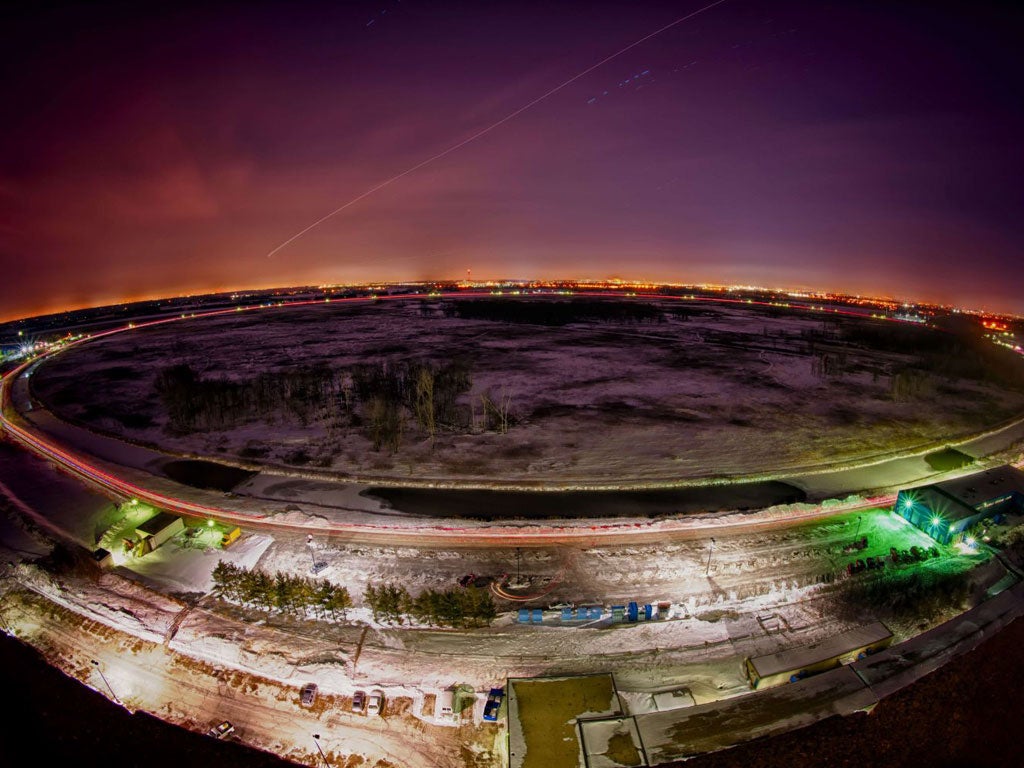A Medium Hadron Collider? Sorry, it's just not big enough

Your support helps us to tell the story
From reproductive rights to climate change to Big Tech, The Independent is on the ground when the story is developing. Whether it's investigating the financials of Elon Musk's pro-Trump PAC or producing our latest documentary, 'The A Word', which shines a light on the American women fighting for reproductive rights, we know how important it is to parse out the facts from the messaging.
At such a critical moment in US history, we need reporters on the ground. Your donation allows us to keep sending journalists to speak to both sides of the story.
The Independent is trusted by Americans across the entire political spectrum. And unlike many other quality news outlets, we choose not to lock Americans out of our reporting and analysis with paywalls. We believe quality journalism should be available to everyone, paid for by those who can afford it.
Your support makes all the difference.A particle accelerator that suffered the indignity of being downgraded to the second-most powerful in the world faced its final frontier yesterday. After 25 years at the cutting edge of scientific discovery, the American machine was unceremoniously switched off.
The Tevatron was completed in 1983 and used to discover the heaviest elementary particle in nature, the top quark, in 1995. But it recently lost a battle for US government funding because it was not as powerful as the Large Hadron Collider (LHC) at the Cern laboratory in Switzerland, and was deemed outdated.
By smashing particles together at almost the speed of light, engineers made a series of major discoveries at the sprawling six kilometre-long underground plant at Batavia, Illinois. But after 26 years of service and in a climate of falling science budgets, the Tevatron's designer, Dr Helen Edwards, yesterday pushed the button which diverted its last particle beam into a metal block and ended the career of a machine that was once the pride and joy of US physicists.
It is thought that the Fermi National Accelerator Laboratory, where the Tevatron is housed, will now turn its attention to experimenting with particles at high intensities instead of high energies.
Join our commenting forum
Join thought-provoking conversations, follow other Independent readers and see their replies
Comments